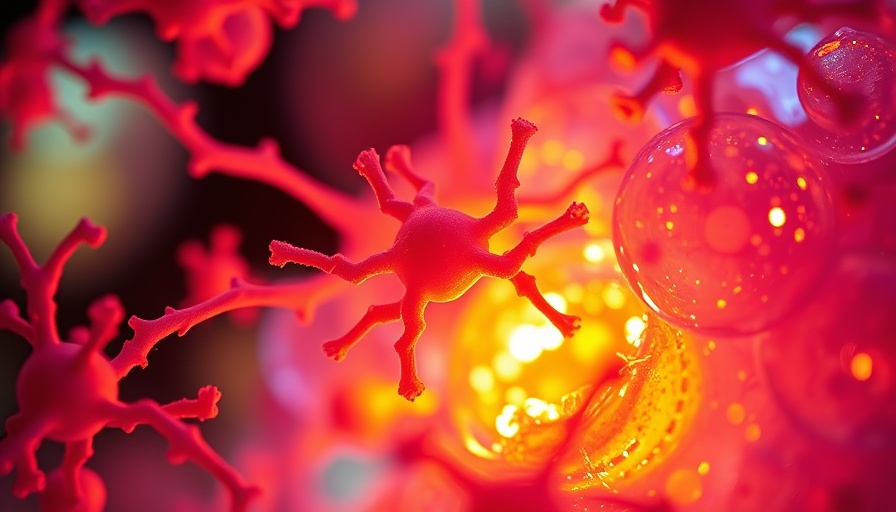
The Remarkable Connection Between Light and Health
In today's fast-paced world, many of us are unaware of how light profoundly influences our health. Emerging research highlights light's role in our circadian rhythms, the internal biological clock that governs our sleep-wake cycles. Our mitochondria, known as the powerhouse of cells, play a critical role in this process, converting light into energy and influencing our overall well-being.
Circadian Rhythms: The Body's Natural Clock
Circadian rhythms follow a roughly 24-hour cycle, responding to environmental cues, especially light and darkness. The blue light emitted by devices can disrupt these rhythms, affecting sleep quality and metabolic processes. It’s crucial to understand these cycles, as they are not merely biological, but deeply interwoven with our physical and emotional health.
Mitochondria: The Light-Driven Powerhouses
Mitochondria, often overlooked in discussions about health, convert the light we absorb into usable energy for our bodies. This energy production is essential not only for physical activities but also for the maintenance of optimal mental health. Interestingly, exposing ourselves to natural sunlight during the day can enhance mitochondrial function, leading to improved energy levels and better mood regulation.
The Impact of Artificial Light on Well-Being
With the increase in artificial lighting, especially in urban areas, our exposure to natural light has diminished substantially. Chronic exposure to artificial light at night can misalign our circadian rhythms, leading to sleep disorders, mood swings, and even chronic diseases. Embracing natural sunlight can aid in restoring balance, enhancing both physical and mental health.
Practical Tips to Harness the Power of Light
Here are a few actionable insights to incorporate light effectively into your daily routine:
- Maximize Morning Sunlight: Spend at least 20 minutes outdoors in the morning to help stabilize your internal clock.
- Limit Screen Time at Night: Avoid screens an hour before bedtime to mitigate the impacts of blue light on your circadian rhythms.
- Create a Relaxing Evening Routine: Use dimmer, warmer lights in the evening to signal to your body that it’s time to wind down.
- Consider Light Therapy: For those who struggle with sunlight exposure, especially during winter months, light therapy can be beneficial.
Conclusion: Embracing the Light
The journey to optimal health begins with understanding the connection between light, mitochondria, and our circadian rhythms. By becoming more aware of how light affects our bodies, we can take meaningful steps towards improving our overall well-being. Let us embrace the power of light and nurture our interconnectedness with nature to enhance our health.
 Add Row
Add Row  Add
Add 



 Add Row
Add Row  Add
Add 

Write A Comment